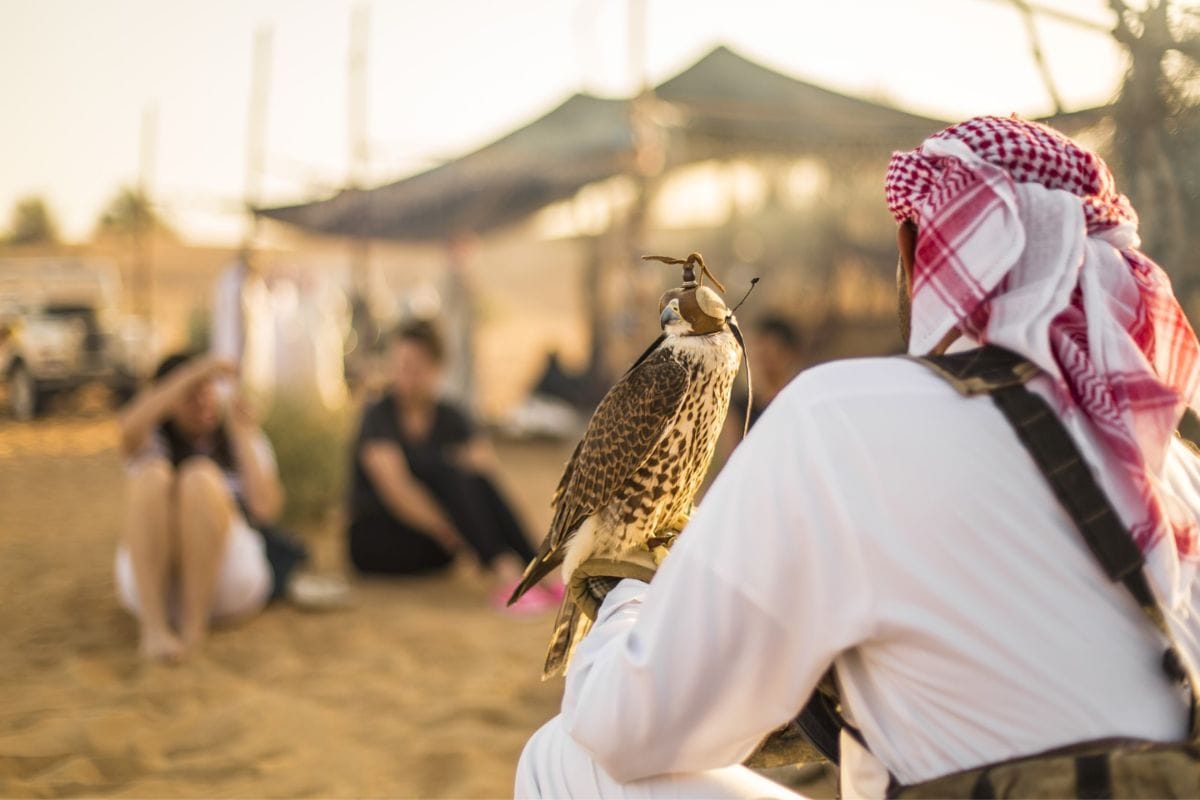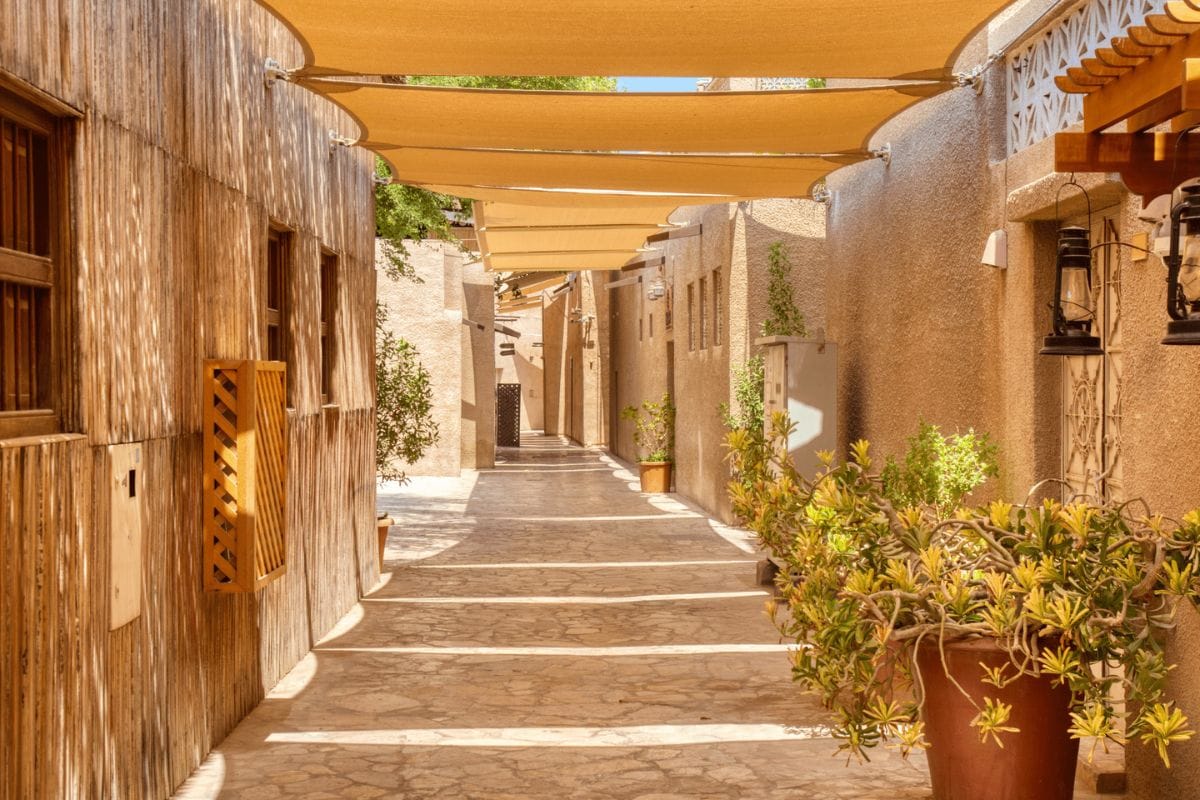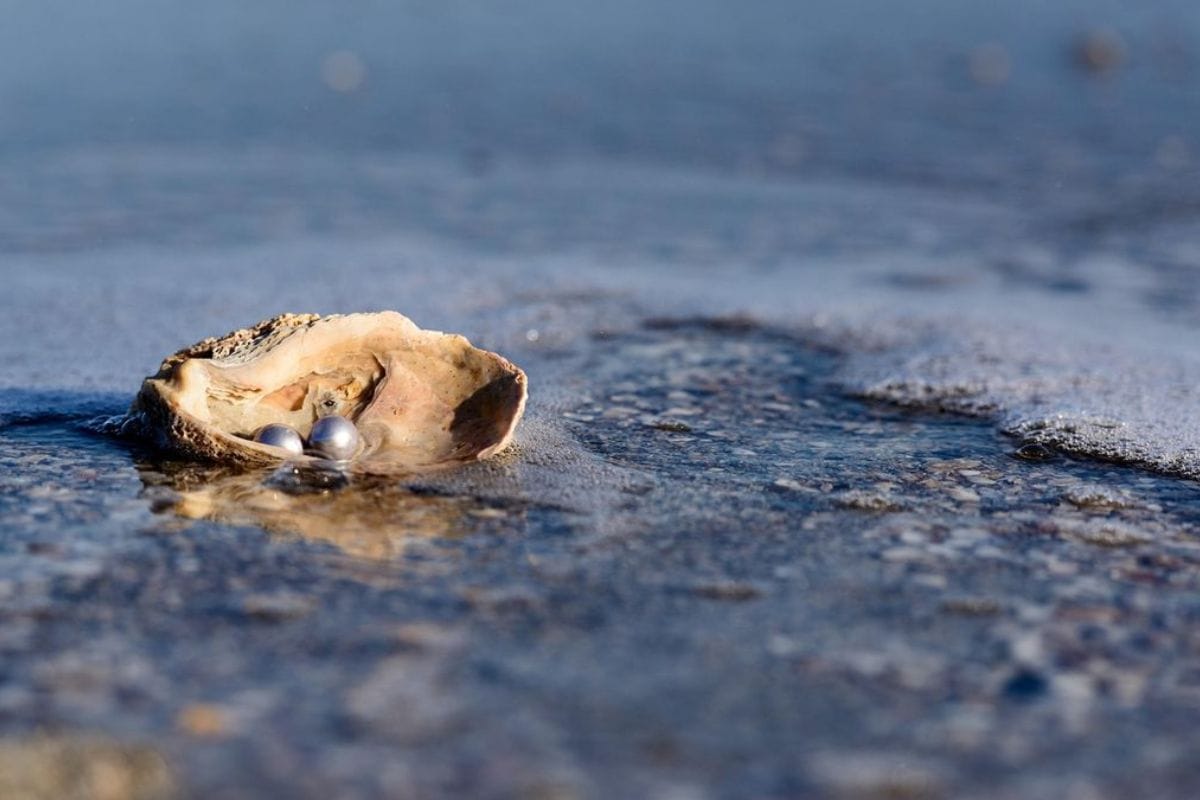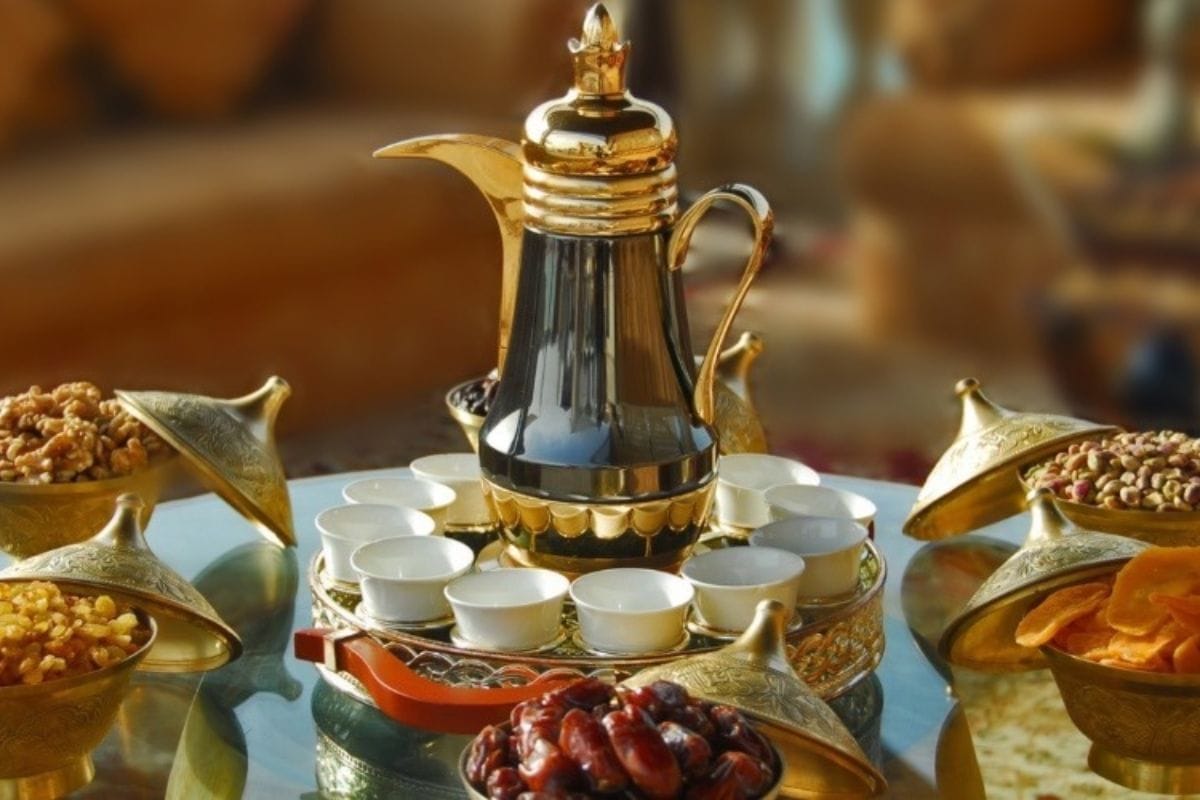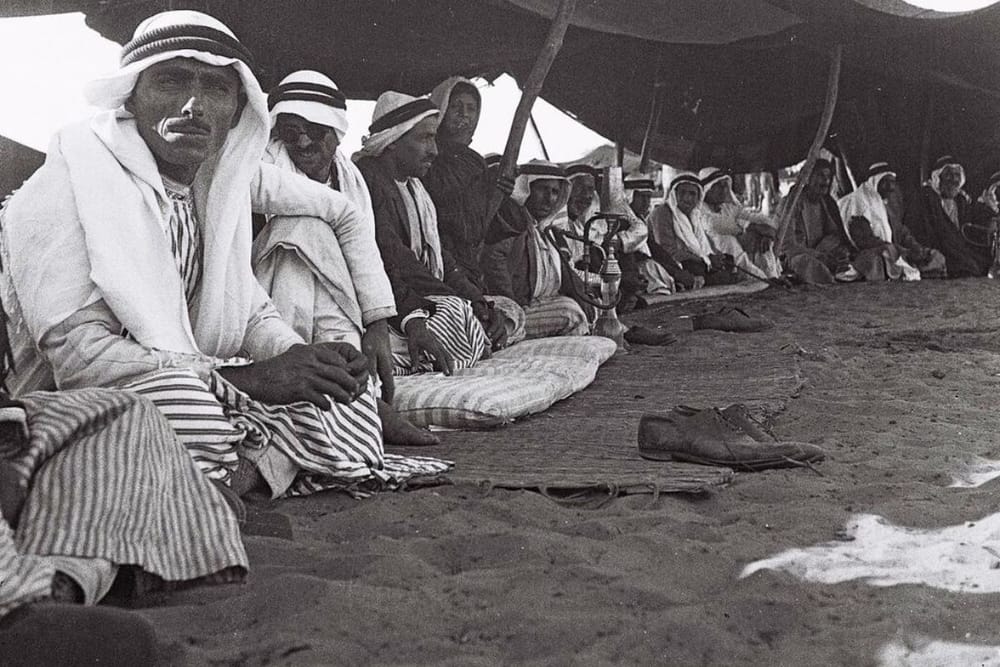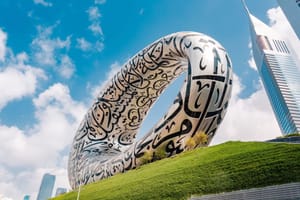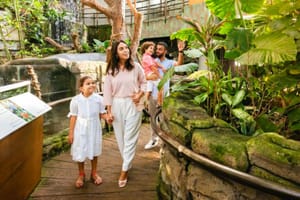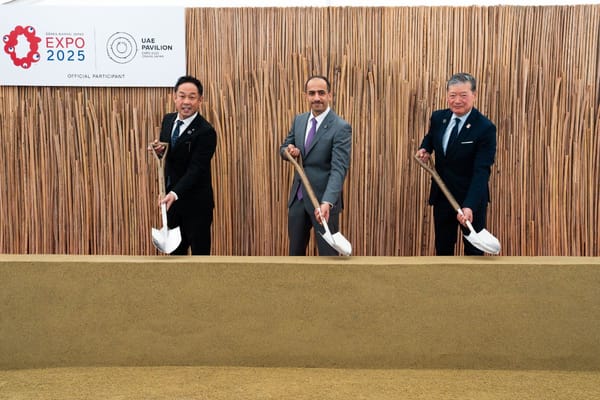The United Arab Emirates is filled with a mix of modernity and tradition. The country, which has become famous for its glamor and luxurious lifestyle, really it has a very rich history beneath the surface that can be traced back to 125,000 BC. The area’s story is intertwined with the ancient traditions of the Bedouin people, who resided there thousands of years ago, surviving harsh desert conditions over centuries.
The UAE’s identity has been shaped by its nomadic Arab inhabitants, also known as Bedouins, and their influence on social structures, cultural practices, and long-lasting traces in the region. Delving into the perspectives can help visitors and residents understand Bedouin culture fully, allowing them to gain insight into the captivating tales of the history of UAE.
So, let's delve into the rich history of the country!
Origins and Early Settlements
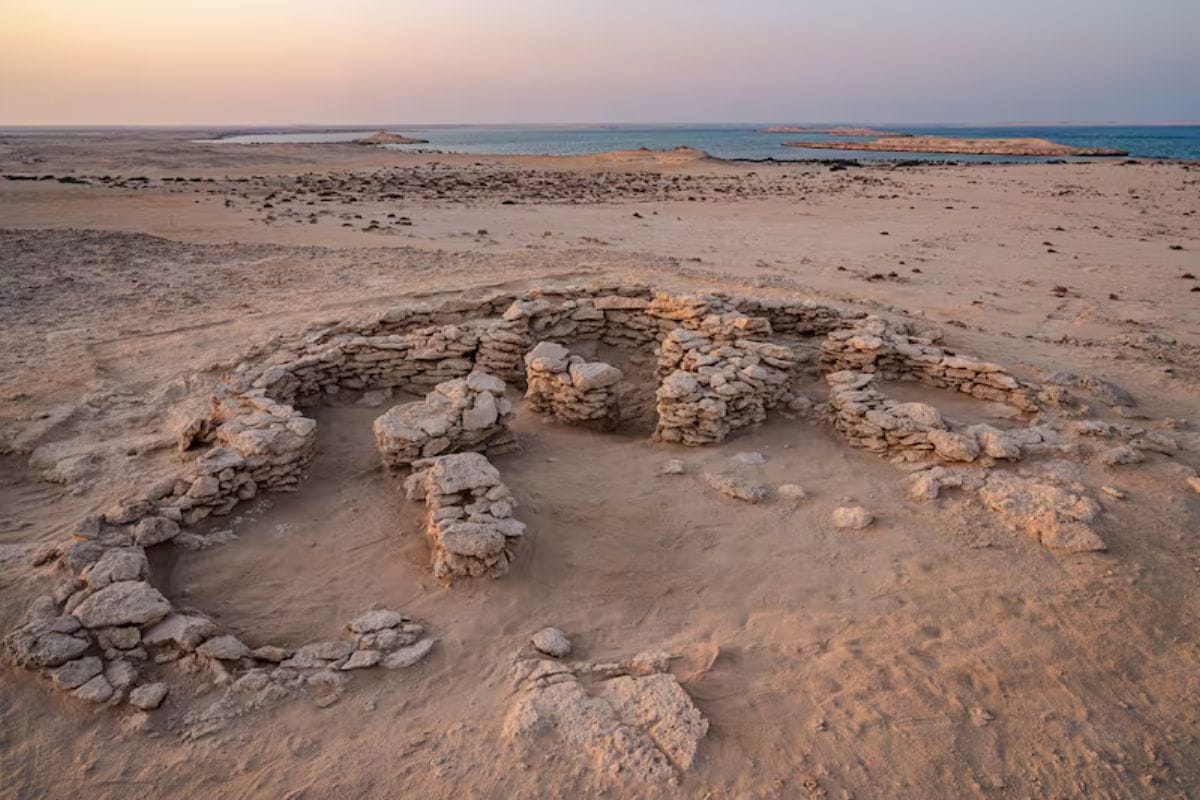
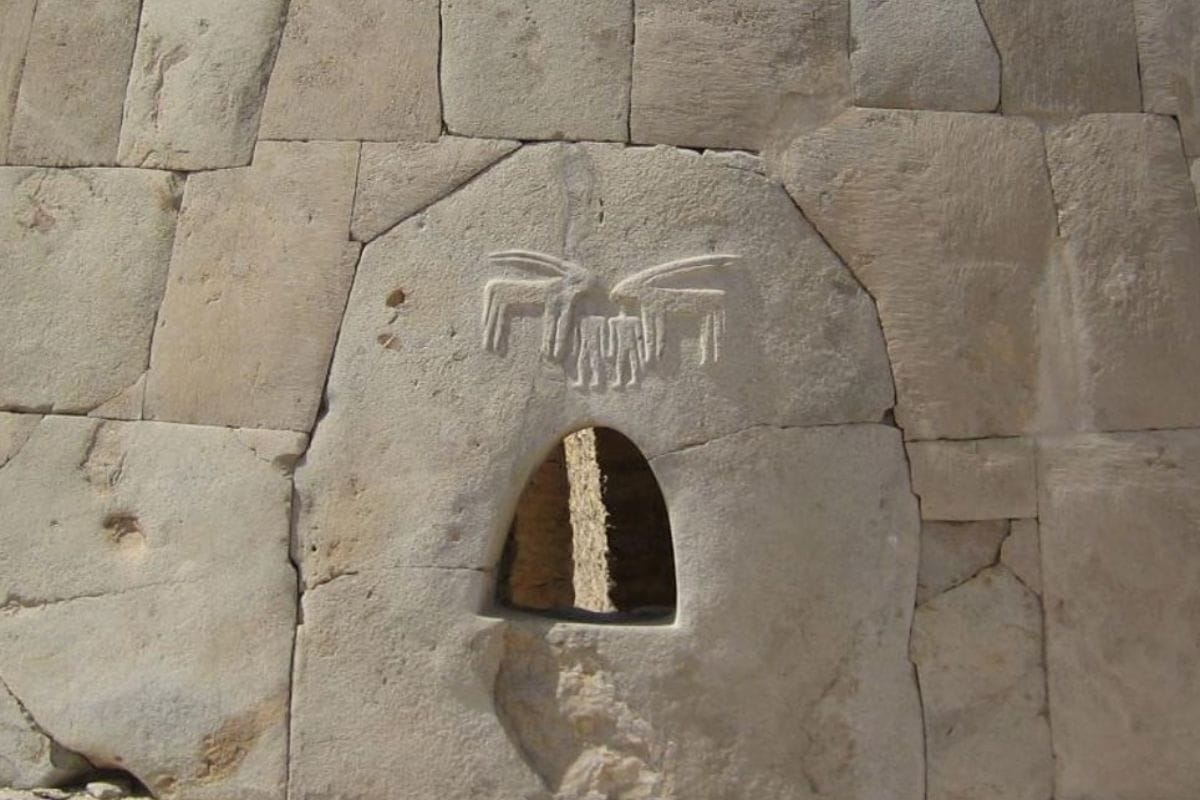
The United Arab Emirates has a long history of human habitation, beginning with nomadic Bedouin tribes who lived off the land. Around 3000 BC, permanent settlements emerged, thriving through fishing, pearl diving, and agriculture. For years, the region was known as the 'land of the desert' due to its sand, lack of streams or bodies of water, and the hot and humid climate. As a result, the Bedouin tribes built palm and barasti huts in Abu Dhabi, providing shelter and establishing a sense of community among the tribes. Some of the settlements of these tribes have been recently discovered all across the country.
Bidaa bint Saud (Abu Dhabi)
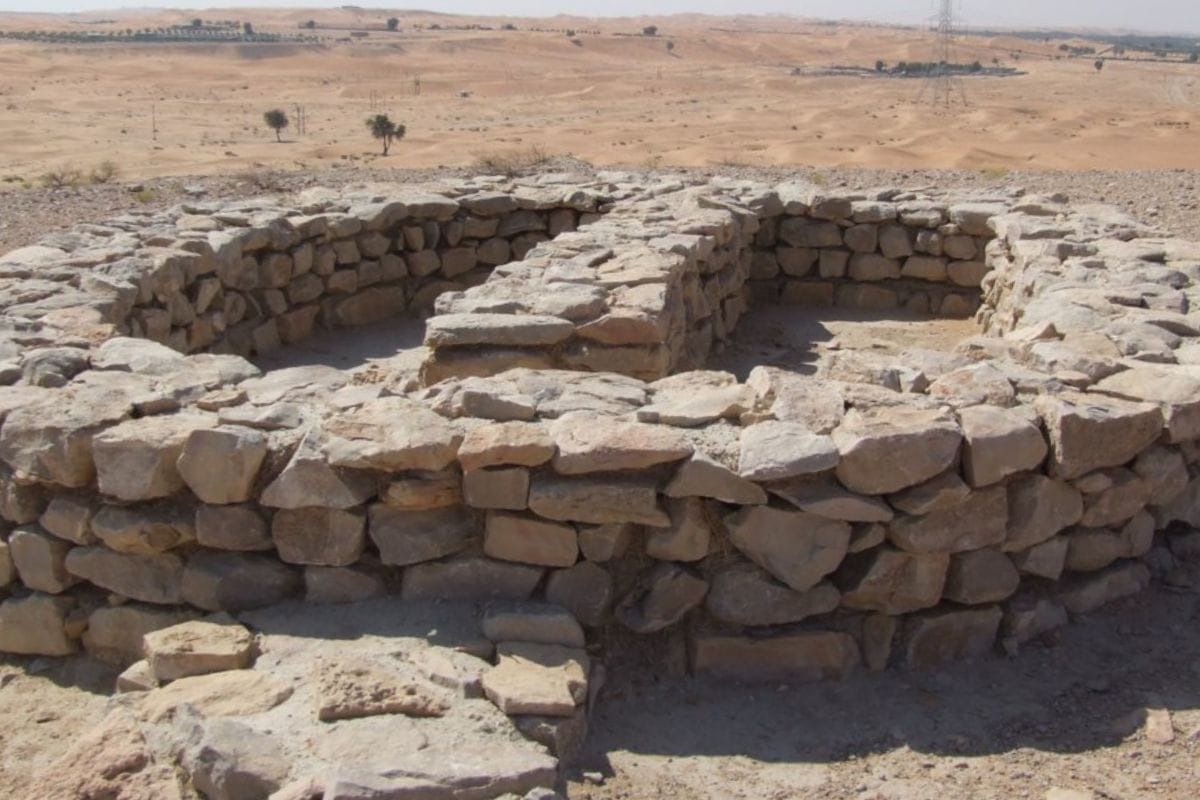
Bidaa Bint Saud, located approximately 25 kilometers to the north of Al Ain, is an extraordinary site that holds great appeal for those with an interest in archaeology. It boasts a remarkably well-preserved Iron Age building, intricate irrigation systems, and ancient Bronze Age tombs dating back 5,000 years.
The area is known for the towering presence of Gharn bint Saud, a massive 40-meter-tall rock that harbors several ancient stone tombs. Through archaeological excavations, a huge amount of artifacts have been unearthed, including pottery, stone vessels, dagger blades, bronze arrowheads, and beads.
Notably, in 2011, Bidaa Bint Saud was declared a UNESCO heritage site. The area has also yielded evidence of the presence of settlements linked to a community of early farmers, who moved there to take advantage of the unique Falaj irrigation system of the region.
Today, the Al Ain National Museum is home to a remarkable collection of these unearthed items, which includes stone pots, jewelry, and tools, all offering a fascinating glimpse into the lives of those who once inhabited this captivating area.
Saruq Al Hadid (Dubai)
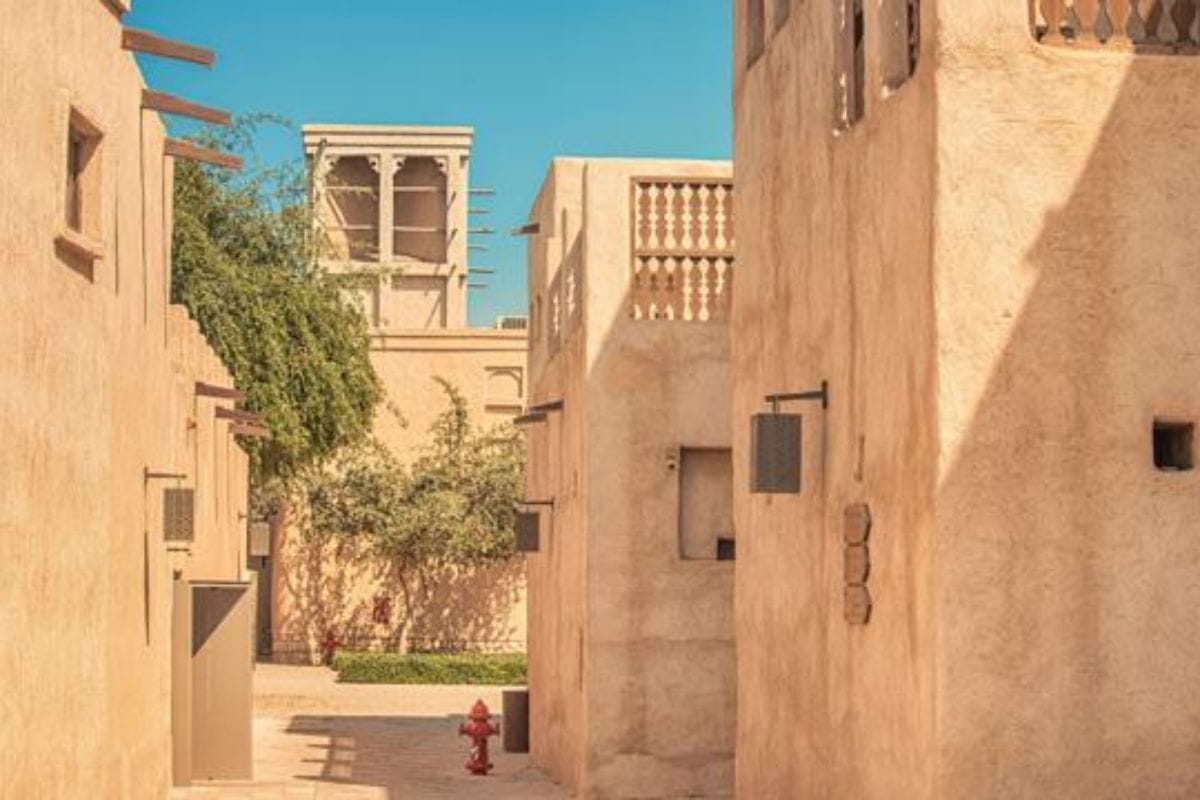
Saruq Al Hadid is an exceptional archeological site found in Dubai that has great historical importance. Between 2600 BCE and about 1000 BCE, this ancient civilization had been a center of human habitation, as well as trading and mining operations. More than 12,000 artifacts have been discovered through careful excavation works, including over 50 seals from the Iron Age. These seals offer a great insight into Dubai's trading history, showing that there were various contacts between Saruq Al Hadid and Mesopotamia, the Indo-Iranian region, and Egypt.
Today, the Saruq Al Hadid Archaeology Museum stands to commemorate this rich past, showcasing a wide display of artifacts from the era. Visitors have the unique opportunity to engage in a simulated archaeological excavation and immerse themselves in history through interactive gallery trails. The museum's collection is meticulously preserved, allowing visitors to marvel at the artifacts in mint condition and gain a deeper understanding of the vibrant history of the region.
Bithnah (Fujairah)
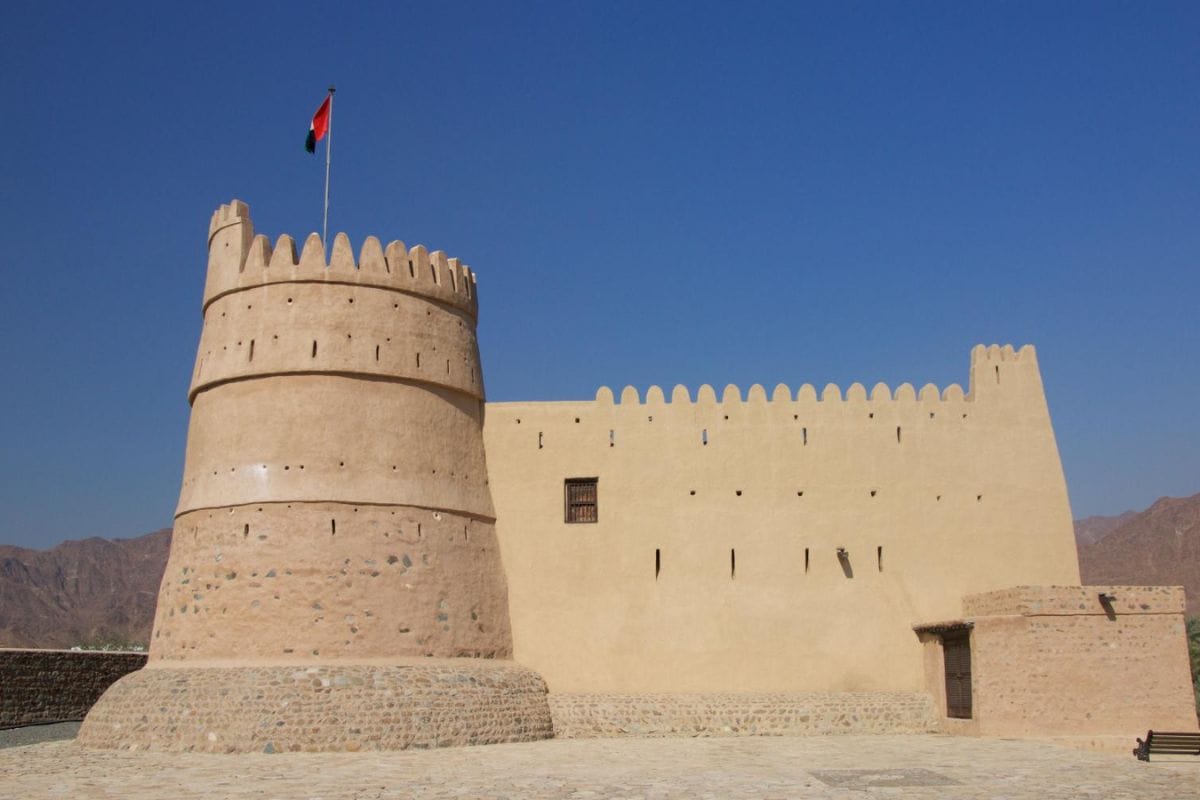
Bithnah is a small town in Fujairah that sits in Wadi Ham, which is the only natural passage connecting the inside of the UAE to the Persian Gulf. The town has been an important historical site in the city for years, with a notable stone and mudbrick fort called Bithnah Fort, and large ancient tombs that link the town to a 3,000-year-old trading path through Wadi Ham.
The fort, thought to be from the late 1700s, was constructed after the Battle of Bithnah to guard the village against invaders. Because of its cultural and political importance, Al Bithnah Fort is a well-known and significant place in the UAE. The fort offers a glimpse into the region's rich history and strategic significance, making it a popular destination for both tourists and history enthusiasts alike.
Mleiha (Sharjah)

Mleiha is an important place for learning about the long history of the UAE, with evidence of human habitation dating back over 130,000 years. The first signs of people in this region come from the Stone Age, when groups moved around the area as nomadic hunter-gatherers, using tools made of stone that are now left behind as fossils.
In the Bronze Age, Mleiha blossomed into a thriving community, as shown by the countless big shared tombs found around the area. This time also brought a big shift with the use of falaj irrigation systems. These smart underground channels brought water from far away, helping people grow crops and support more people. This move to farming was a big change, setting the stage for more permanent homes and a more advanced way of living in Mleiha.
Today, Mleiha stands as a UNESCO-nominated World Heritage Site in Sharjah, and is home to a number of significant sites, including Bronze Age tombs and pre-Islamic forts. Hundreds of fascinating artifacts and fossils were discovered, including pottery, iron tools, and camel skeletons. The Mleiha Archaeological Centre, which opened in 2016, houses all of these discoveries and more, all of which uncover the ancient UAE history.
Ed-Dur (Umm Al Quwain)
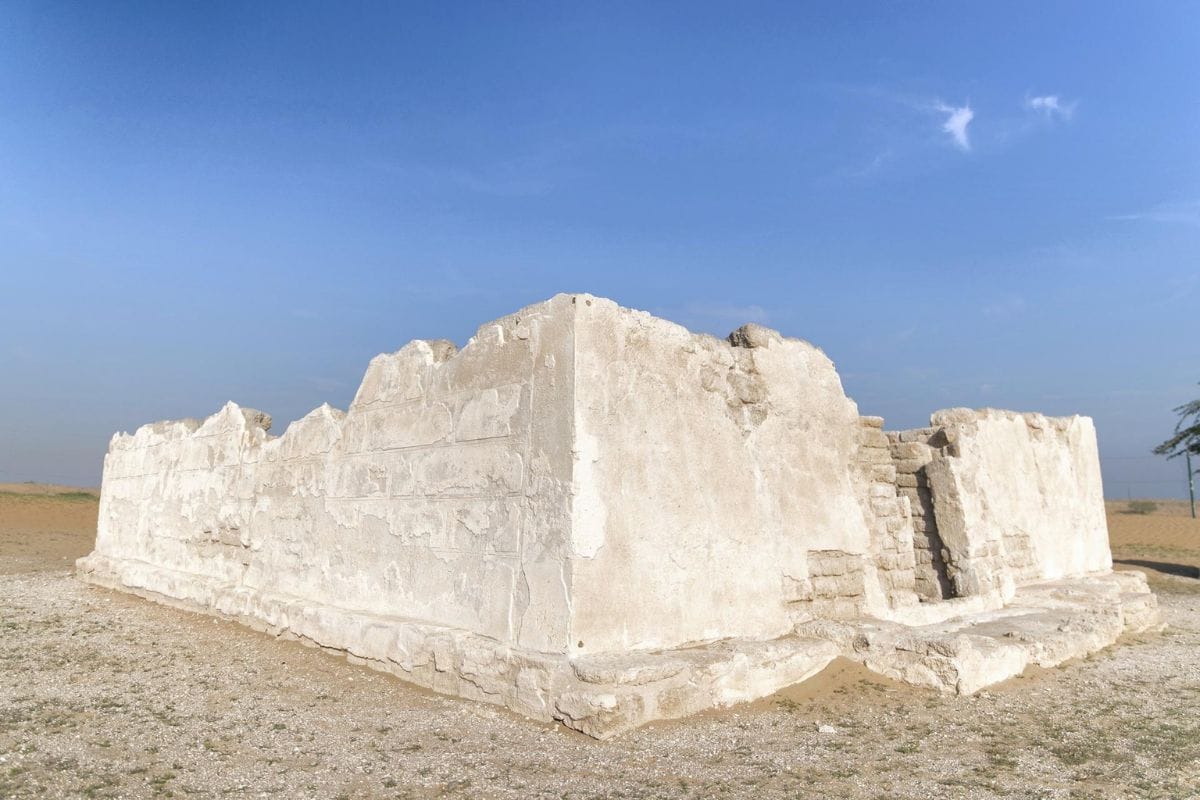
Ed-Dur Site, located in Umm Al Quwain, is one of the largest archaeological sites in the United Arab Emirates. It offers stunning views of Al Beidha Lake and is encompassed by towering sand dunes. This site is closely linked to the Meliha site in Sharjah and was first uncovered in 1973, earning it the title of 'one of the most significant lost cities of Arabia'. It has provided significant evidence of human habitation dating back to the Stone Age, Bronze Age, Iron Age, and the Pre-Islamic period. With over 1400 objects and 13,000 diagnostic fragments discovered and recorded, Ed-Dur stands as a truly remarkable and substantial archaeological discovery in the UAE. The site continues to be a focal point for ongoing research and exploration in understanding the region's ancient history, with the latest discovery being only in 2019!
The Tribal Structure and Notable Tribes
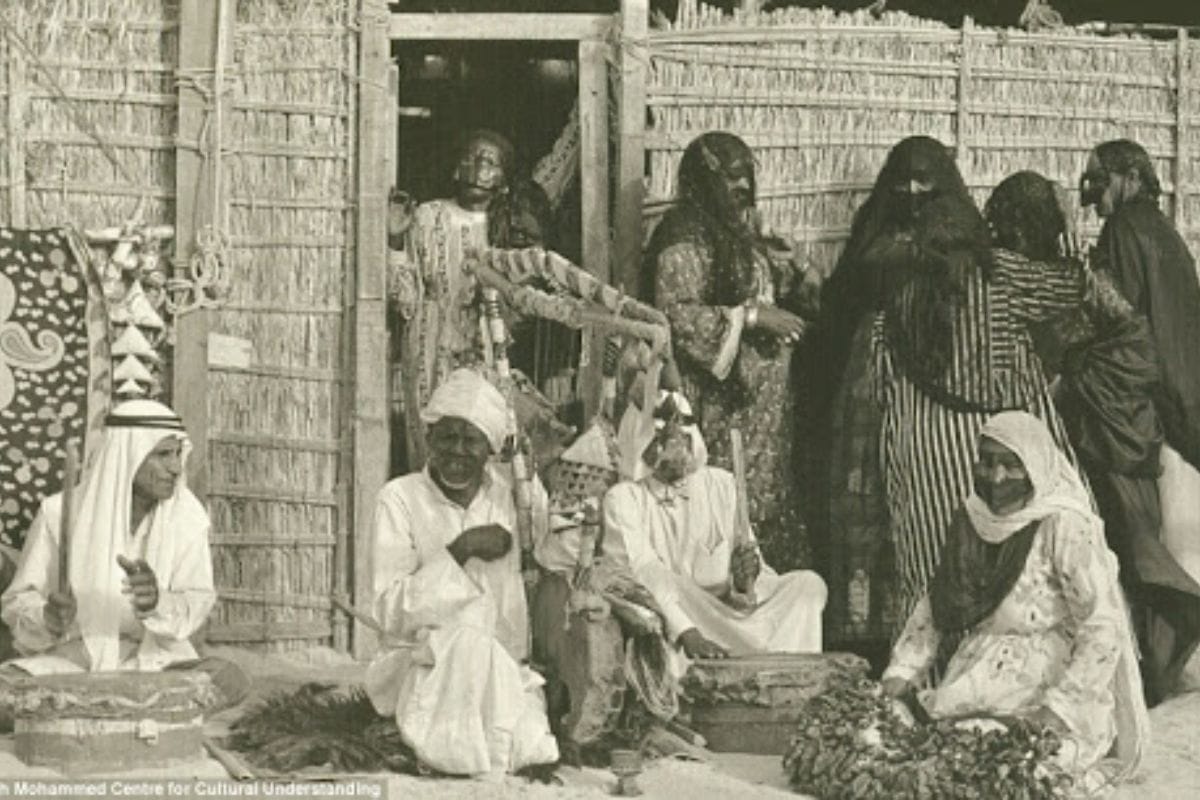

For centuries, the social organization of the UAE was deeply rooted in tribal structures. These tribes came from a shared family background and were very important for giving people a strong sense of who they were, feeling safe, and sticking together, especially in the tough desert life. The tribes were often semi-nomadic, moving alongside their herds in search of essential resources such as water and land.
Within the tribes, leadership was traditionally placed on the sheikhs, respected elders who assumed the responsibility of ensuring the welfare of the tribe and acted as mediators in disputes. Being loyal to the tribe was very important, and people were expected to put the group's needs first, even before their own. This way of running things and organizing society, which comes from tribal customs, still affects how people in the UAE live today, even through the country's quick urbanization. The most notable – and most important – tribes in the UAE's history are:
Na'im
The Na'im tribe was an important Arab group with a long history in the United Arab Emirates (UAE) and other countries around the Gulf. The main area of the Na'im tribe was near the town of Al Ain, and in 1818, it was said that there were about 20,000 men from the Na'im tribe living in Ajman. As the 1800s began, the Na'im tribe had spread out across what is now the UAE, with families living in places like Ajman, Dubai, Sharjah, Hafit, and Ras Al Khaimah.
Additionally, the mountainous village of Masfout in the Wadi Hatta had long been a cherished home for the Na'im tribe. The Na'im tribe was especially strong in the area west of the Hajar Mountains, with around 13,000 members and a powerful military force of at least 2,000 warriors.
Bani Yas
The Bani Yas tribe, which started in the central part of Saudi Arabia, moved eastward many many centuries ago. Ultimately, they finally settled in the oasis town of Al Ain, where they formed a very strong presence.
The Al Nahyan family consequently became the leaders of Abu Dhabi and played a key role in creating the powerful Bani Yas Coalition. This group brought together many tribes, giving them control over a large area that included today's Dubai and parts of Qatar. This not only set the stage for the joining of the emirates, but consequently led to the creation of the UAE that we know and love today.
Economy and Trading
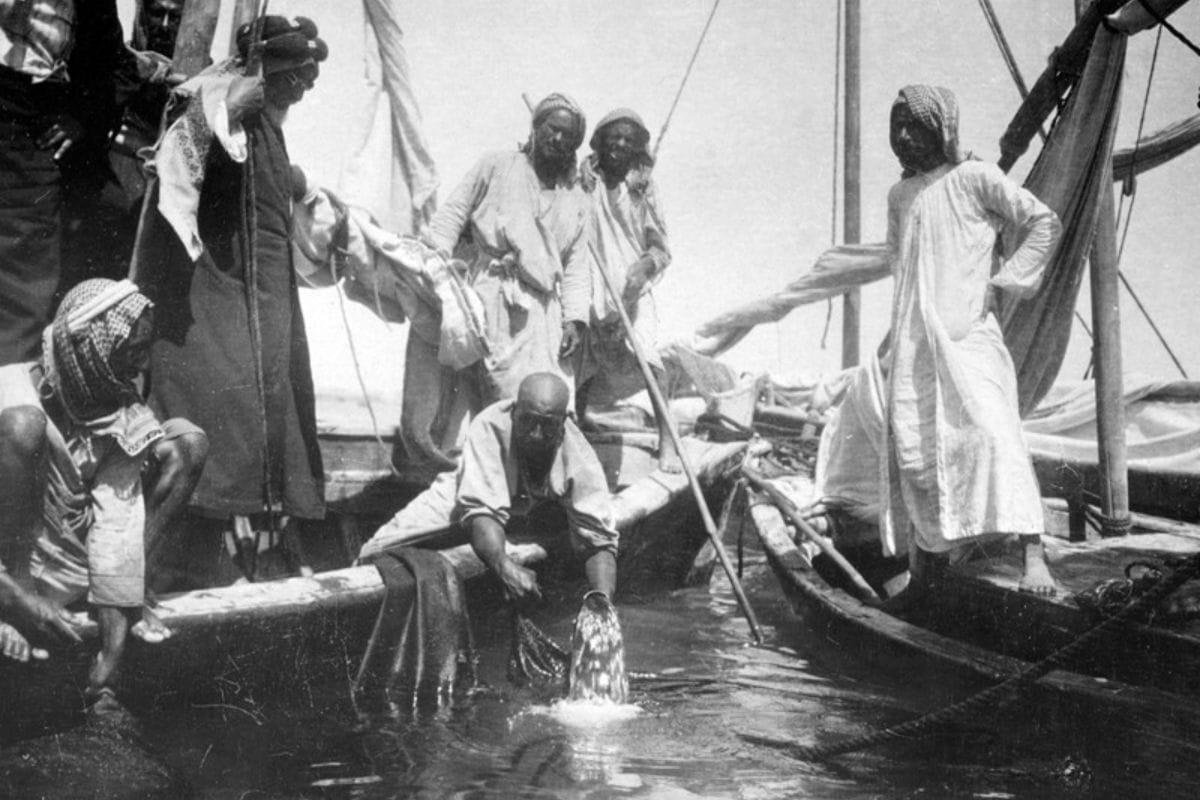

It is no secret today's trade in UAE mainly revolves around oil. The UAE's economy was significantly impacted by the discovery of oil and natural gas in the 1950s. But before that, people in the UAE mostly made a living from fishing, diving for pearls, sailing, farming, and growing date palms.
The economy was mainly depended on these traditional jobs, and the UAE's location near major trading paths made it a hub for commerce and exchange. These jobs kept the economy going for many years until the shift to trading oil in the 20th century.
Fishing
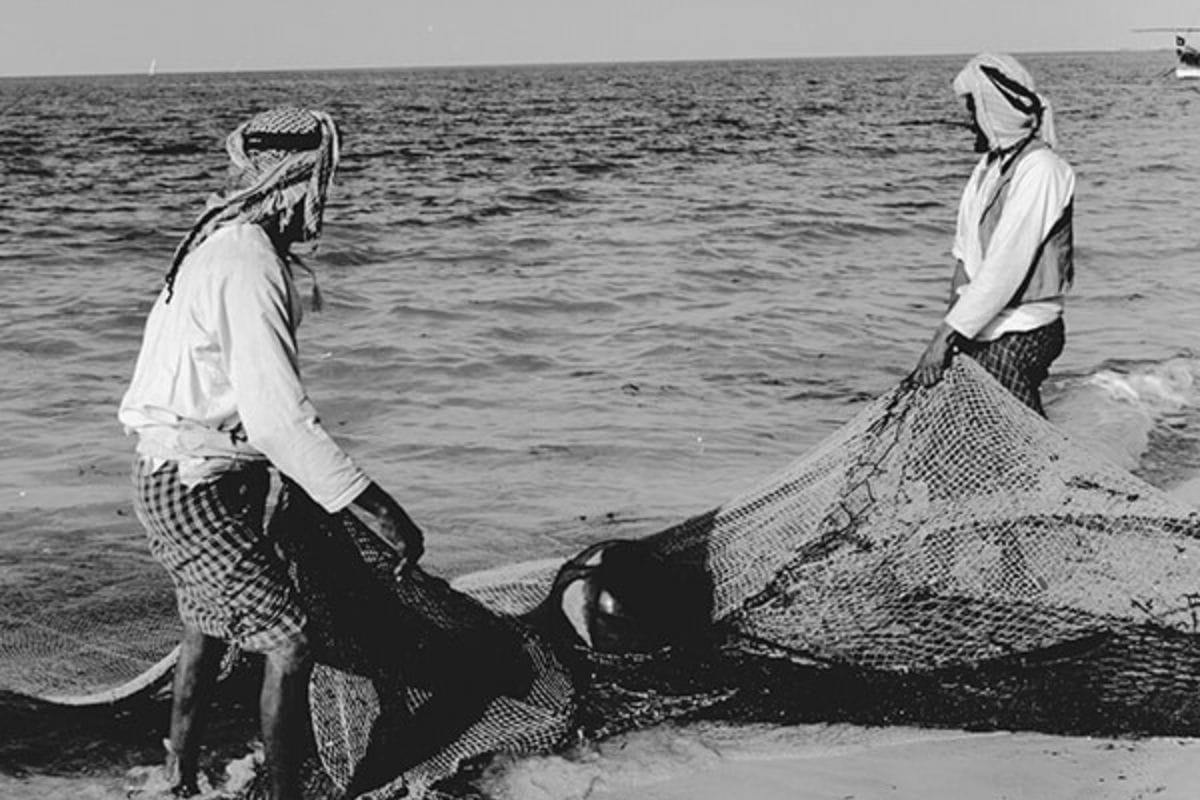
The Bedouins of the UAE were renowned for their resilient desert life, but it's often overlooked that fishing was also a crucial component of their economy. Before the towering skyscrapers, the country's fishermen embarked on traditional wooden dhows to embrace the challenges and triumphs that came with the unpredictable sea.
They used different ways to fish, from simple hooks and spears to basket traps and nets. Thanks to the Arabian Gulf's rich marine life, fishing not only provided an important source of protein for the Bedouin tribes but also served as a valuable product for trade.
Trading fish and other marine products helped sustain the local economy and strengthened connections with neighboring regions like India, China, and Egypt, which contributed to the development of a vibrant marketplace along the Gulf Coast. Over time, fishing evolved from a means of survival to a key component of the region's economy, shaping cultural practices and traditions and laying the foundation for the country's modern economic landscape that we see today.
Pearling
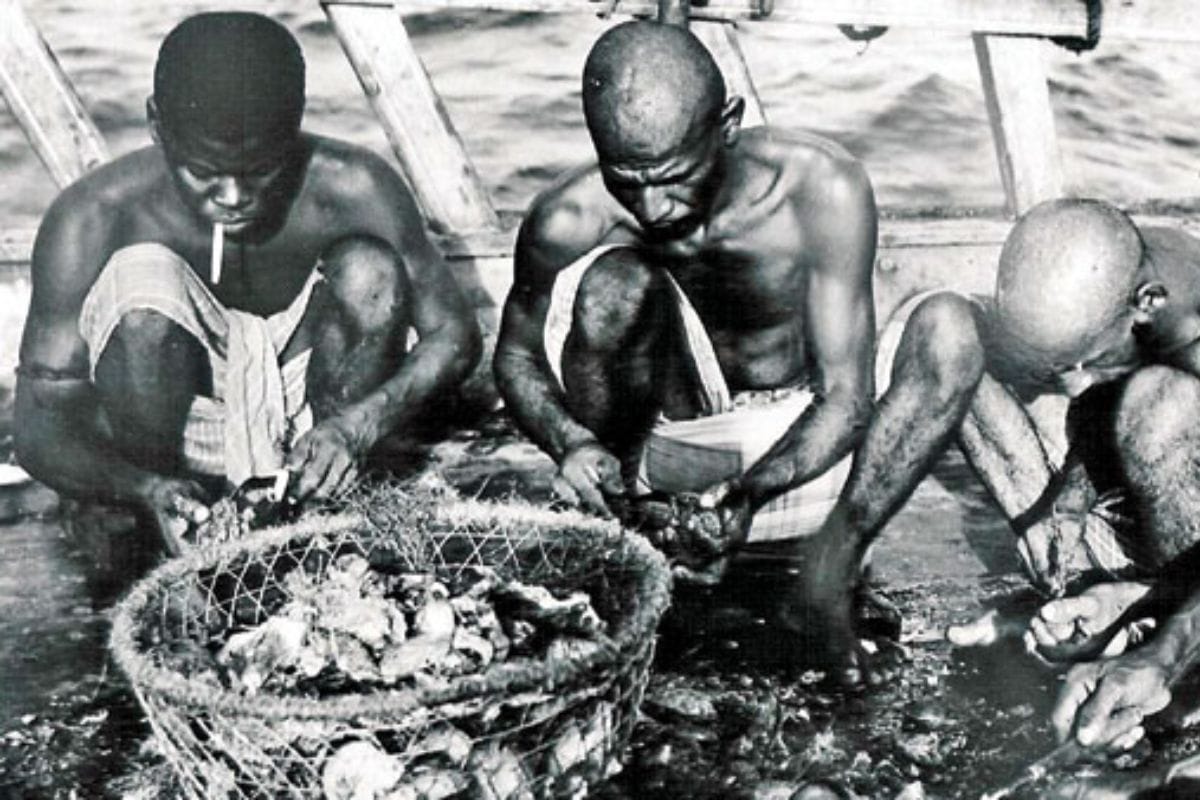
Pearl diving has been an integral part of UAE culture and heritage. The pearl industry experienced a significant boom from the late 19th century to the early 20th century, but its origins are believed to date back around 7,000 years. Believe it or not, the UAE's two major cities, Dubai and Abu Dhabi, came into existence because of the booming pearl industry, being regular destinations for pearl divers.
The Arabian Gulf's shallow waters were perfect for finding pearls, with the warm water making beautiful, colorful, and shiny pearls. The pearl divers used surprisingly little equipment - just a woven bag to hold the oysters, a clip made from turtle shells to close their noses, and a stone tied to their leg to help them reach the seabed quicker.
The UAE's pearls were highly sought after around the world and were even traded to places as far as India, Sri Lanka, Venice, and even Scandinavia. In fact, many renowned designers, like Cartier, began their careers by using these exquisite pearls.
Though the pearl diving industry in the UAE experienced a major decline after the discovery of oil in the 60s, the legacy of pearl diving is still preserved today through cultural events and museums showcasing this rich history.
Customs and Traditions
The Bedouins have played a big role in shaping the UAE's national identity. Their customs and lifestyles are strongly connected to the UAE's culture, with activities like falconry, as well as arts and poetry, showing the Bedouin's lasting influence on the UAE. Their values and beliefs in being welcoming, giving, and caring for the environment still help form the country's social structure and community spirit. Even as the UAE becomes more modern, the special Bedouin history is kept alive, both through museums or through stories passed down by their family members.
Yowlah Dancing
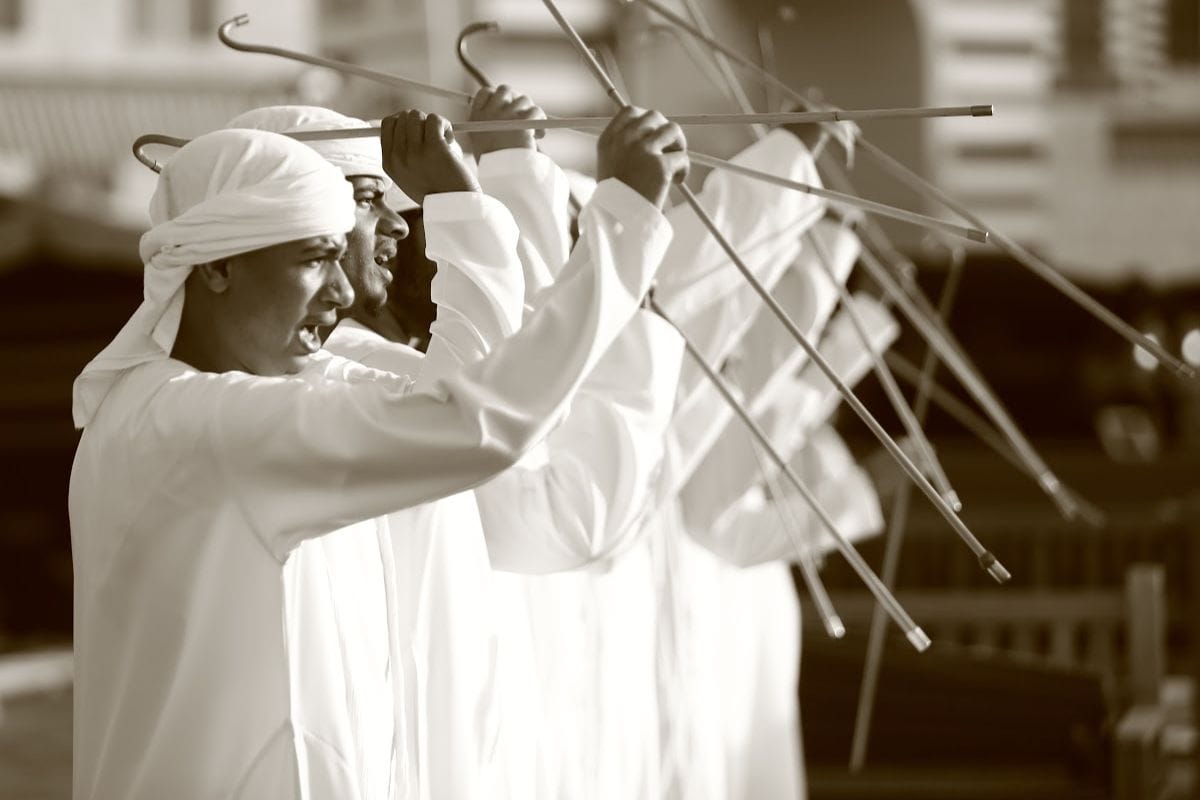
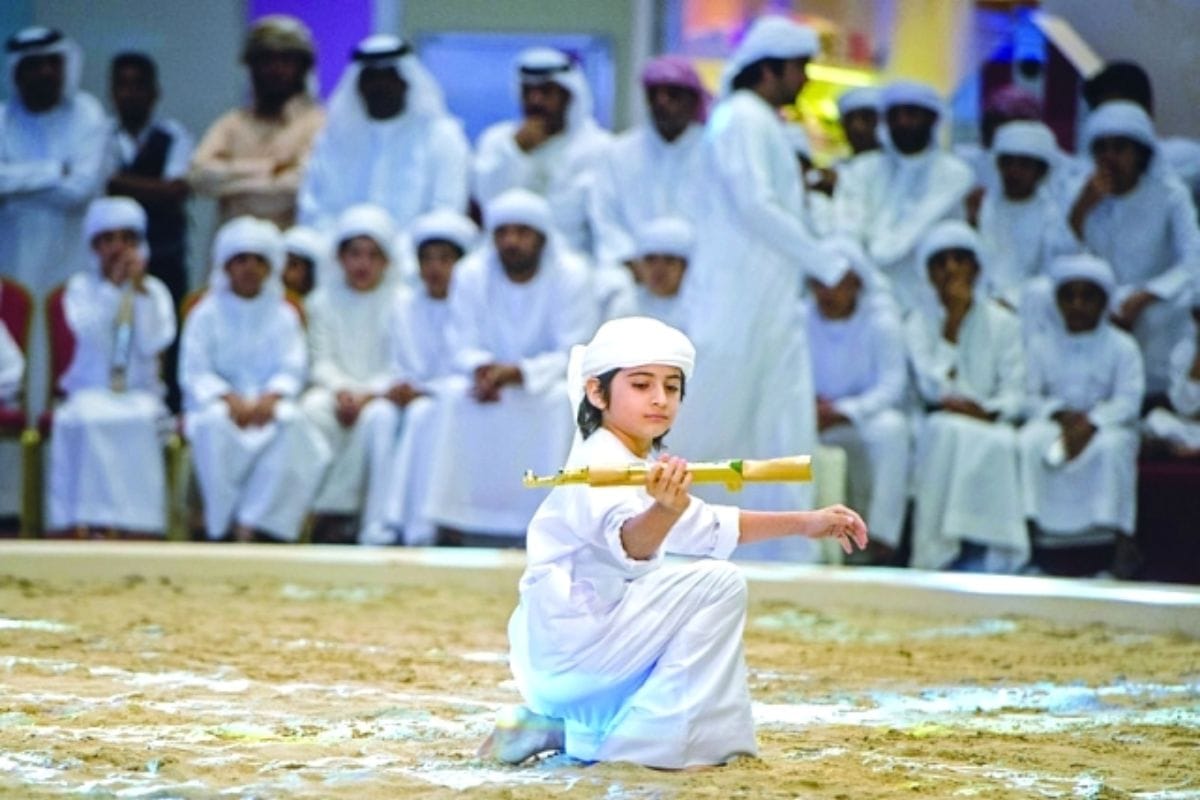
The yowlah is a lively and captivating traditional dance from the UAE's early history. It's performed during celebratory events like weddings, and it holds a lot of meaning in Emirati culture.
The dance was originally performed after tribal battles or successful pearl diving expeditions, symbolizing triumph and bravery. Today, it's a beloved and well-known part of traditional Emirati folk art, showing the authentic customs of the Bedouin people. The lively style of the yowlah continues to draw in younger Emiratis, and its special place in Emirati culture makes it a favorite dance in the country.
Nabati Poetry
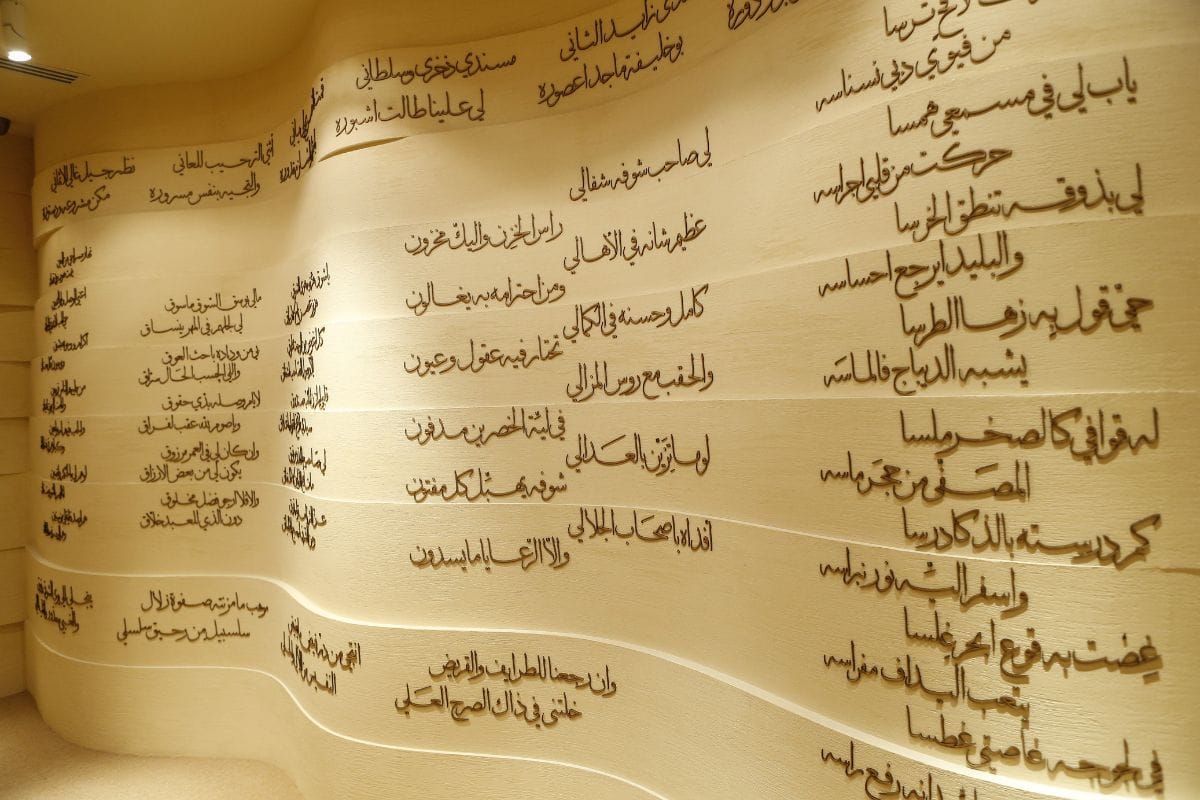
Nabati poetry, also known as Bedouin poetry or the 'poetry of the people', is a very important part of the literary culture of the United Arab Emirates. It comes from the Bedouin people of the Arabian Peninsula and has been around since the 14th century. What makes this type of poetry unique is the fact that, in contrast to the other forms of poetry that use more formal or classical language, it gets right to the point with only basic Arabic, making it easy to understand. Nabati poetry was used in the past to announce wars, seek peace, and solve problems between different groups, showing the culture and life of Arabia. Even now, people still enjoy this kind of poetry and use it in both poems and songs.
This long-standing tradition of Nabati poetry is deeply ingrained in Arab literature, with some Bedouin poets known to have memorized an impressive 20,000 poems. Usually, Nabati poetry shares words of wisdom, advice, and moral lessons. It tells stories about unity, support among groups, bravery, pride, and desire, which connect people from all backgrounds.
Al Sadu Weaving

Al Sadu is an ancient weaving art form that reflects the cultural heritage and natural landscape of Arabian nomadic tribes. Drawing inspiration from camel movements and skilled hands, it features timeless shades like black, white, brown, beige, and red, with intricate geometric patterns. Al Sadu is used in various products, including garments, camel and horse trappings, Bedouin tents, floor cushions, carpets, and mats.
Originating among Bedouin communities, it is still practiced by Emirati women, showcasing an enduring connection to tradition. Camel fur, goat hair, and sheep wool are used for homewares and embellishments, with colorful motifs and symbols reflecting the surrounding desert landscape and tribal insignias.
Falconry
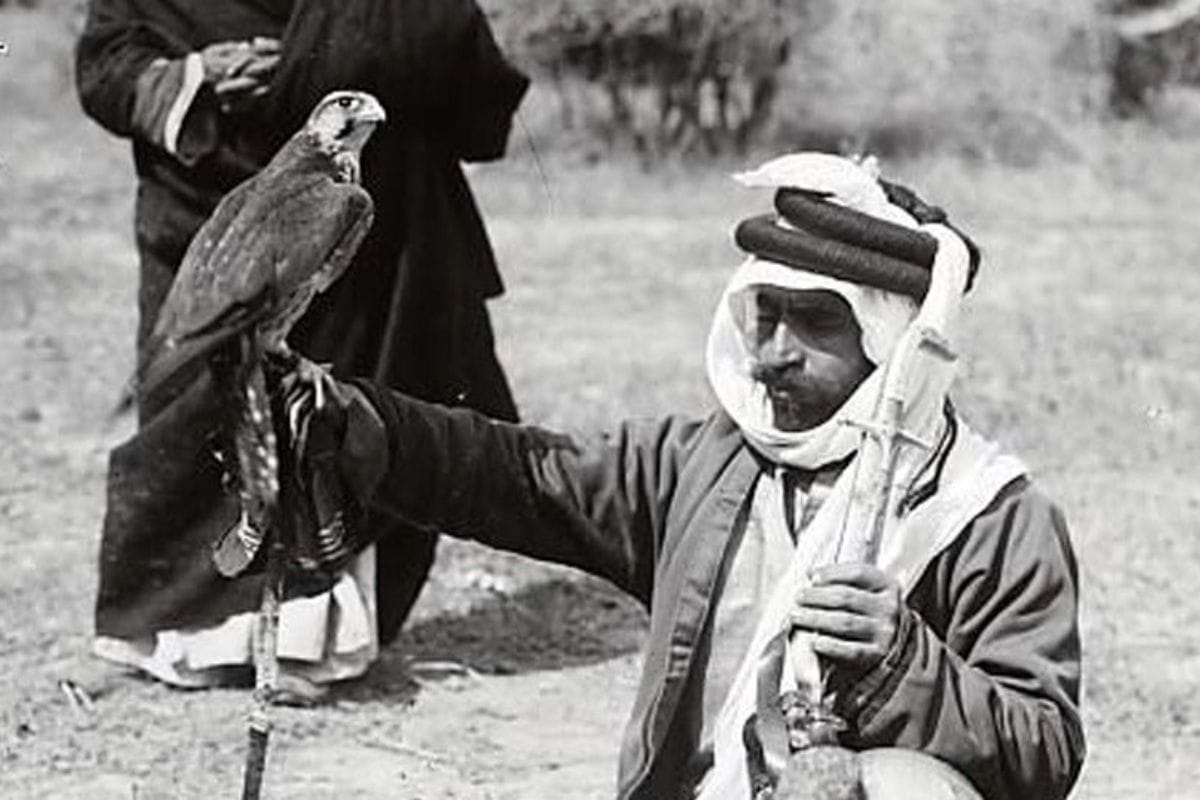
The Bedouins of the ancient Emirates had a deep connection with falcons, who were used as hunting companions in the harsh desert. These majestic birds, known for their exceptional vision and speed, played a crucial role in capturing prey and securing essential nutrition. They also held cultural significance for the Bedouins, symbolizing strength, grace, and resilience. They were valued for their agility and skill in flight, and the bond between the Bedouins and falcons transcended mere companionship. Today, falcons are revered as the national bird in the United Arab Emirates, symbolizing power, freedom, and natural beauty in the desert.
Even thousands of years later, it's clear that the Bedouin tribes and their way of life have left a lasting impact on the UAE, with their traditions and customs still being celebrated in modern Emirati society. So, while the glamorous skyscrapers and hotels may mesmerize you, you will find that the true heart of the UAE lies within its rich history.
Also Read:
